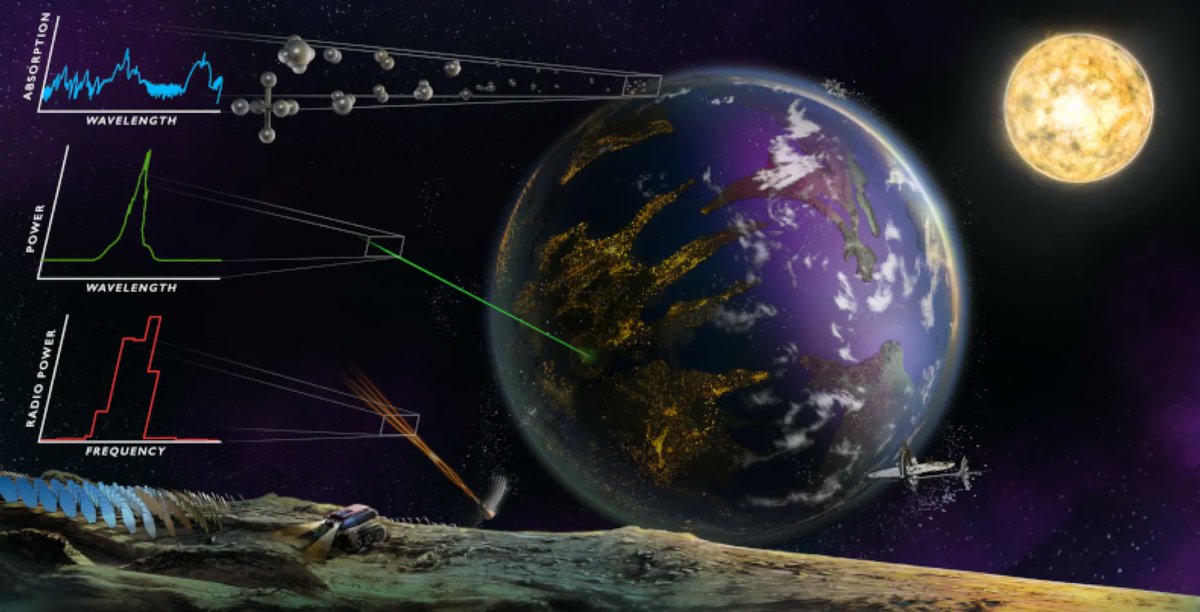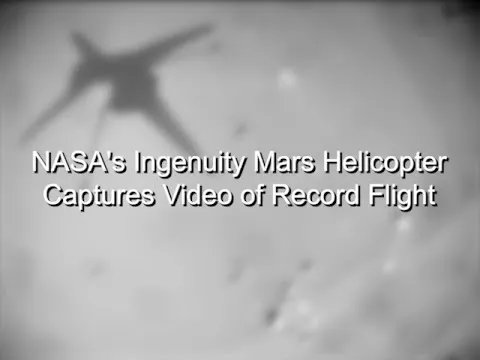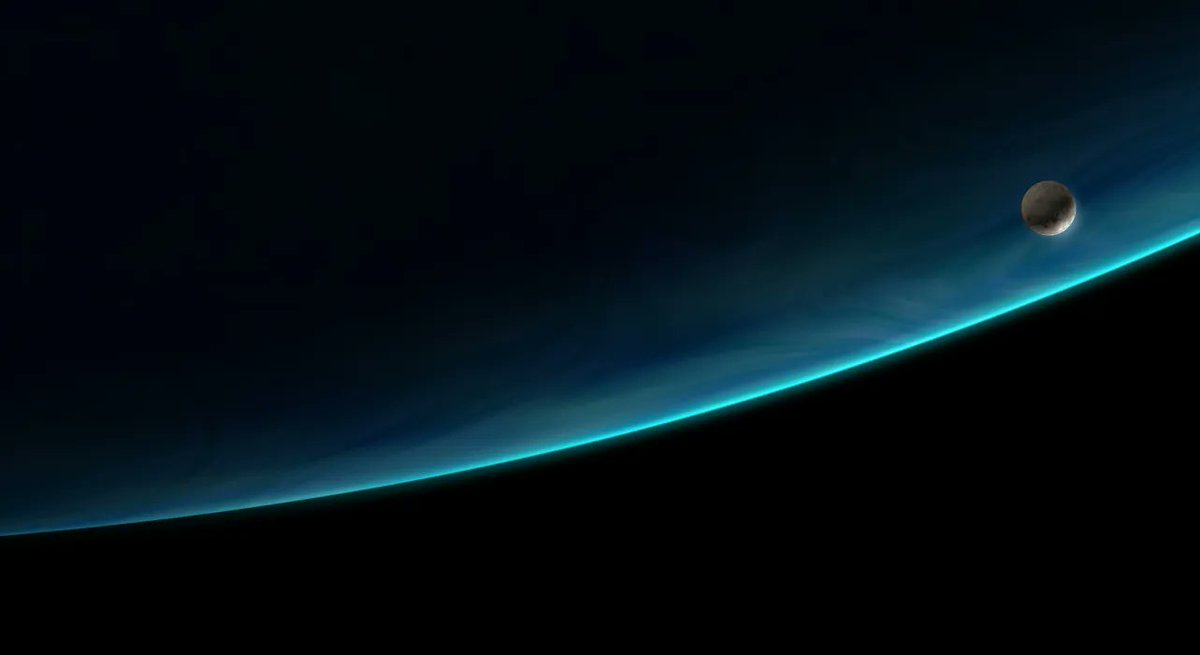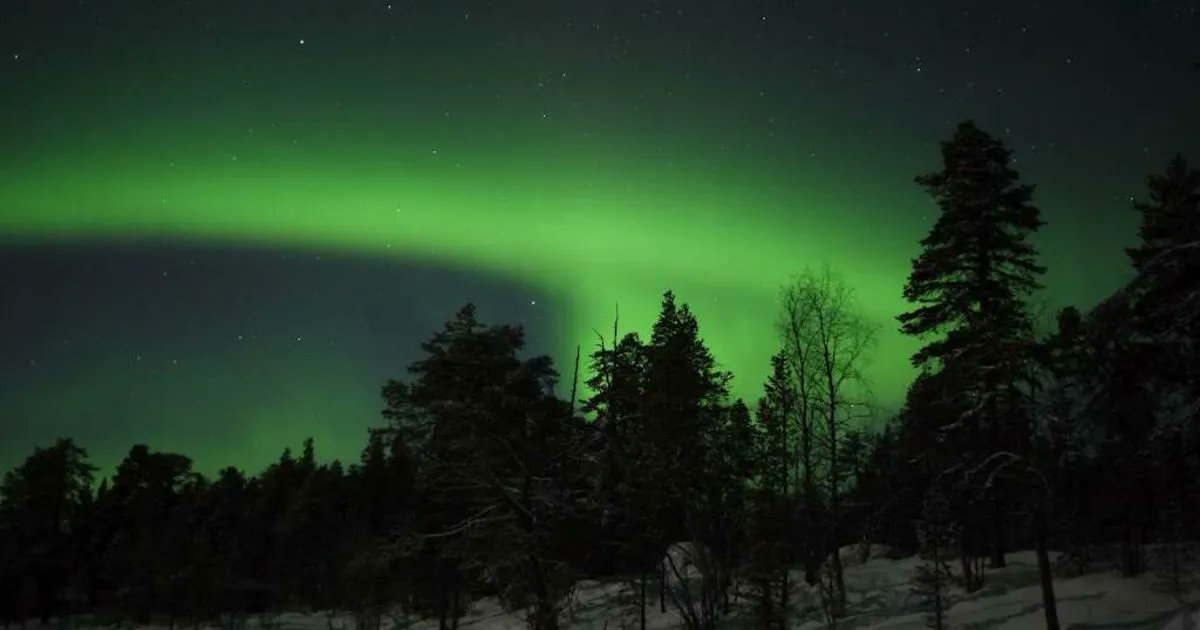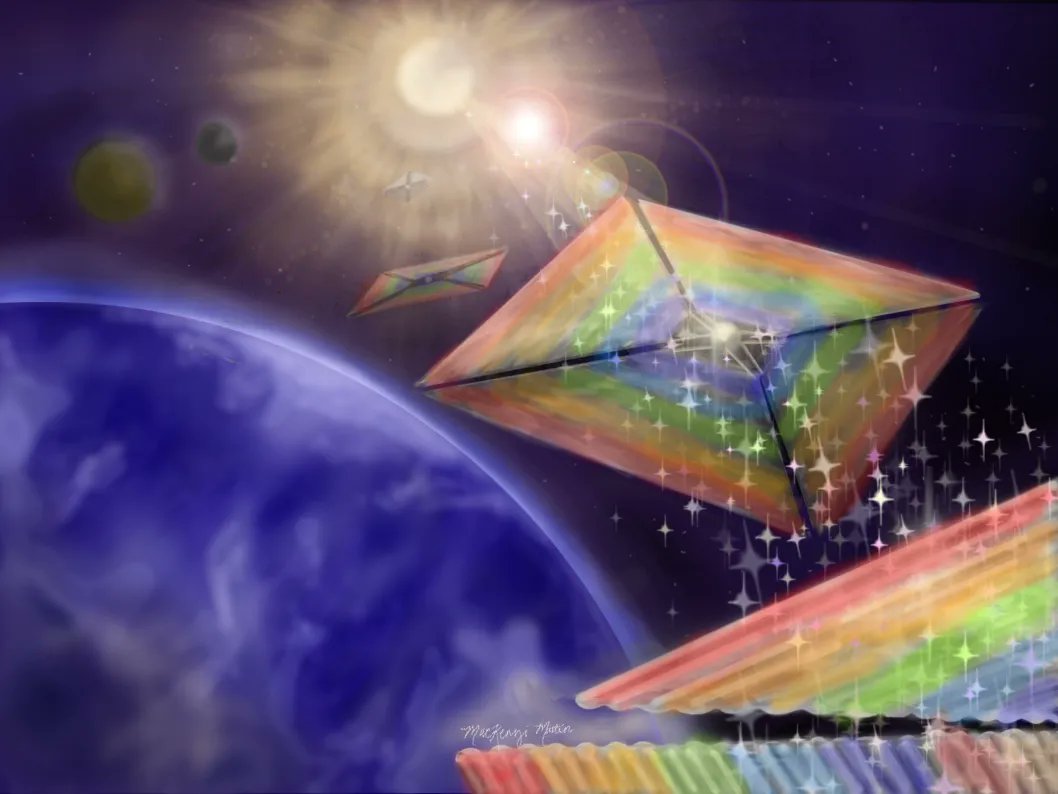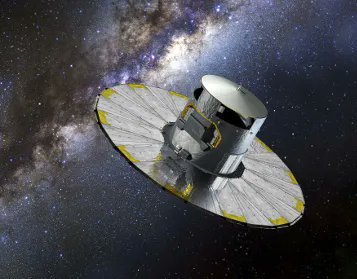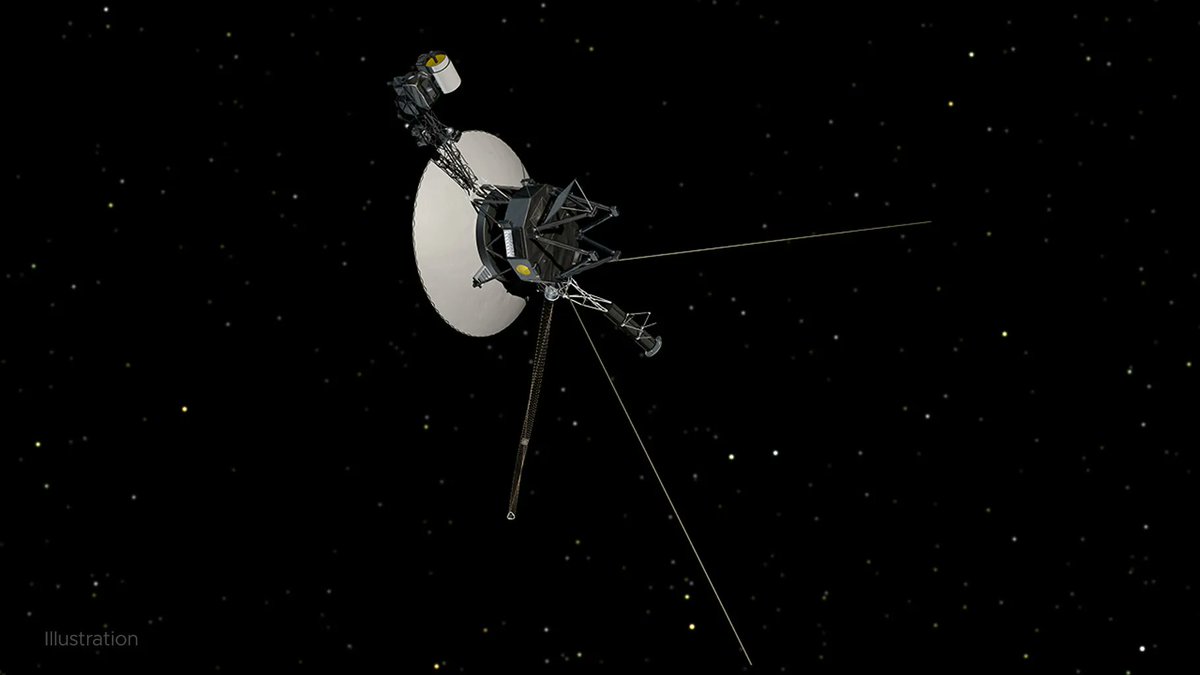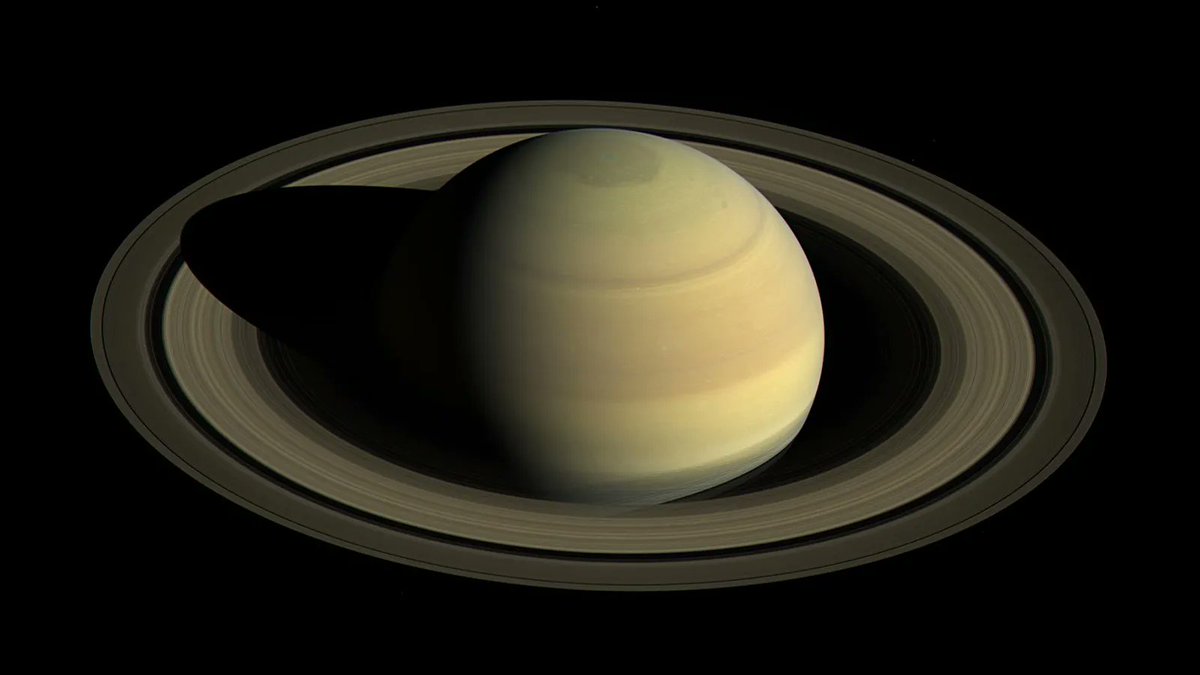SN 1054 was one of the most spectacular astronomical events of all time. The supernova explosion eventually formed what is today known as the M1 – the Crab Nebula. But in 1054 AD, the year it occurred, it was an ultrabright star in the sky and one of only eight recorded supernovae in the history of the Milky Way. However, it was only noted by half of the literate world. Primarily written about in the East, especially in China, SN 1054 was almost wholly absent from the Western record. Except, potentially, for a subtle hint at it in the most unlikely of places – some Byzantine coins.
Continue reading “Do Ancient Coins Record the Supernova of 1054?”Which Missions and Observatories can Detect Technosignatures?
The search for technosignatures has always taken a back seat in the broad search for extraterrestrial life forms. Biosignatures, such as methane in an exoplanet’s atmosphere, have long been front and center. But while we are searching for signs of biology, signs of technology might be hiding in plain sight. According to a new report from the members of the TechnoClimes conference, humanity could potentially find signs of technology by simply using data that will already be collected for other purposes. To prove their point, they came up with a list of possible technosignatures and cross-referenced them with a list of observatories that could potentially find them. The result is a framework of how to best search for technosignatures and a plethora of references for those seeking them out.
Continue reading “Which Missions and Observatories can Detect Technosignatures?”Watch an Entire Flight by Ingenuity, From Take-off to Landing, Covering 704 Meters
We’ve been keeping close track of Ingeniuity’s progress here at Universe Today. Following the little helicopter that could hasn’t always been easy – with almost 30 flights logged covering over 7 kilometers and consistently breaking its own record for longest controlled power flight on another planet, Ingenuity has lived up to every expectation so far. But it’s been hard to understand just what it must feel like to fly through the Martian atmosphere – until now.
Continue reading “Watch an Entire Flight by Ingenuity, From Take-off to Landing, Covering 704 Meters”Objects That Share the Same Orbit are Common in the Solar System. But we’ve Never Seen co-Orbital Exoplanets. Why?
“Where are all the Trojans” is a question valid in both the study of ancient history and the study of exoplanets. Trojan bodies, which share orbital paths with other, larger planets, are prevalent in our solar system – most obviously in the Trojan asteroids that follow Jupiter around on its orbital path. However, they seem absent from any star system found with exoplanets. Now, a team of researchers from the SETI Institute and NASA’s Ames Research Center thinks they have found a reason why.
Continue reading “Objects That Share the Same Orbit are Common in the Solar System. But we’ve Never Seen co-Orbital Exoplanets. Why?”Even if you can’t see Auroras, You Can Sometimes Hear Them. Here’s What They Sound Like
Auroras are some of Earth’s most spectacular natural phenomena. Travelers come from far and wide to see the incredible Northern Lights and wonder at their beauty. Once thought to be magical in nature, most science fans understand that the lights are formed by the solar wind interacting with our magnetosphere. But did you know they also make sounds?
Continue reading “Even if you can’t see Auroras, You Can Sometimes Hear Them. Here’s What They Sound Like”A new Kind of Solar Sail Could let us Explore Difficult Places to Reach in the Solar System
Solar sailing technology has been a dream of many for decades. The simple elegance of sailing on the light waves of the sun does have a dreamy aspect to it that has captured the imagination of engineers as well as writers. However, the practicalities of the amount of energy received compared to that needed to move useful payloads have brought those dreams back to reality. Now, a team led by Amber Dubill of John Hopkins University Applied Physics Laboratory and supported by the NASA Innovative Advanced Concepts (NIAC) program is developing new solar sail architecture that might have already found its killer app – heliophysics.
Continue reading “A new Kind of Solar Sail Could let us Explore Difficult Places to Reach in the Solar System”ESA is Developing Microbe-Killing Coatings to Make Spaceflight Healthier
Humans aren’t the only living things in place onboard the ISS. Bacteria, which has found a way to integrate itself into every biome on Earth, has also found a home in the aseptic microgravity of the space station high above it. Unfortunately, this poses a hazard to both the astronauts that live on the ISS and the station itself. But now, a team of researchers funded by ESA and the Instituto Italiano di Tecnologia (IIT) think they have a solution – make the surfaces on the ISS antimicrobial.
Continue reading “ESA is Developing Microbe-Killing Coatings to Make Spaceflight Healthier”Gaia is an Even More Powerful Planet Hunter Than we Thought
Utilizing tools for purposes they weren’t initially intended for is a strength of the astronomical community. Scrounging through data collected for one purpose and looking for hints of another seems to be a favorite pastime of many a professional astronomer. That tradition is alive and well, with a team reanalyzing the first few data sets from Gaia, ESA’s star cataloging explorer. They found hints of exoplanets, and it turns out the probe launched in 2013 is a much better planet hunter than initially thought.
Continue reading “Gaia is an Even More Powerful Planet Hunter Than we Thought”Voyager 1 is Sending Home Strange Telemetry Data
Old computer systems have a lot of wacky ways to fail. Computers that are constantly blasted by radiation have even more wacky ways to fail. Combine those two attributes, and eventually, you’re bound to have something happen. It certainly seems to have with Voyager 1. The space probe, which has been in active service for NASA for almost 45 years, is sending back telemetry data that doesn’t make any sense.
Continue reading “Voyager 1 is Sending Home Strange Telemetry Data”Forget About Mars, When Will Humans be Flying to Saturn?
It might be hard to fathom now, but the human exploration of the solar system isn’t going to stop at the Moon and Mars. Eventually, our descendants will spread throughout the solar system – for those interested in space exploration, the question is only of when rather than if. Answering that question is the focus of a new paper released on arXiv by a group of researchers from the US, China, and the Netherlands. Their approach is highly theoretical, but it is likely more accurate than previous estimates, and it gives a reasonable idea of when we could expect to see humans in the outer solar system. The latest they think we could reach the Saturnian system is 2153.
Continue reading “Forget About Mars, When Will Humans be Flying to Saturn?”

